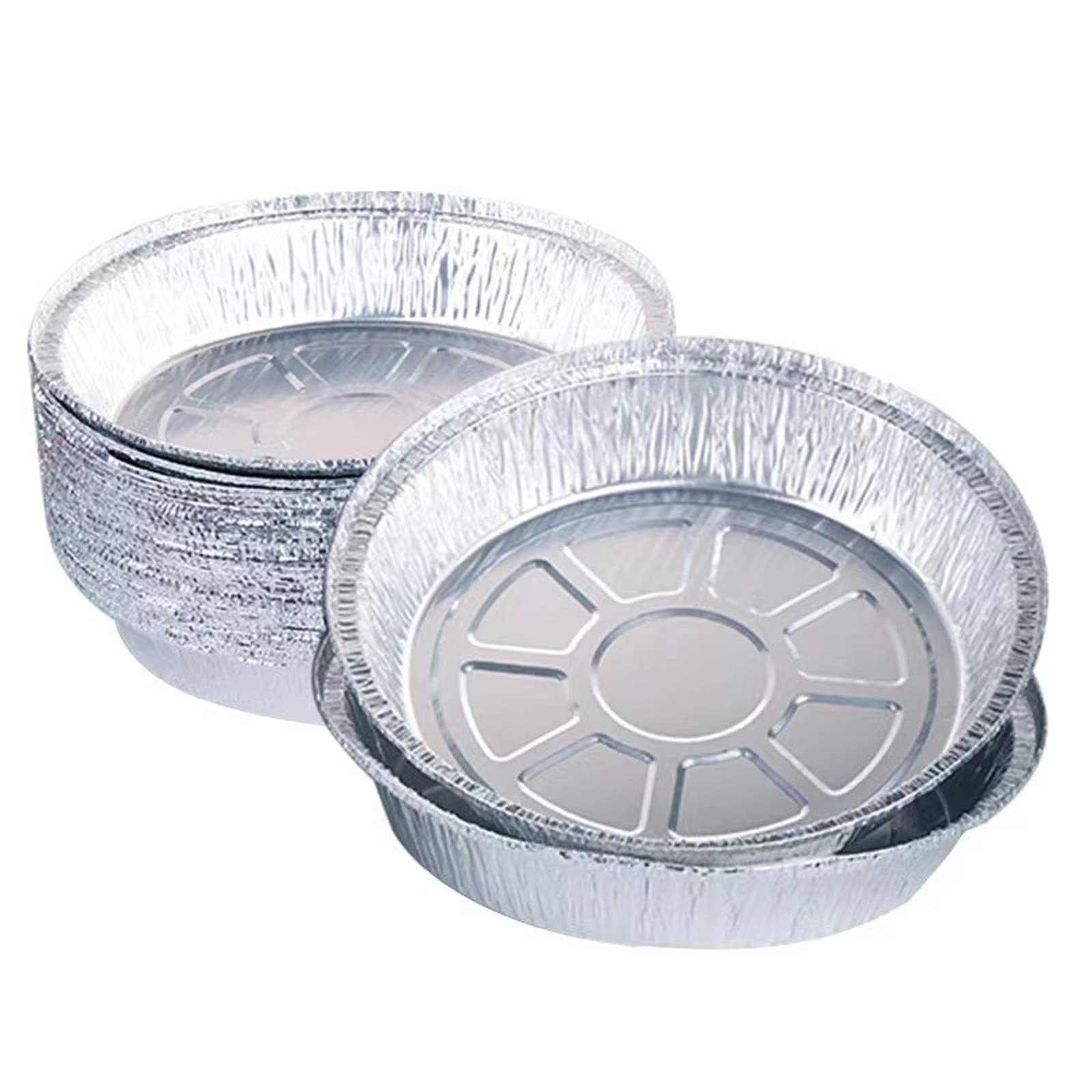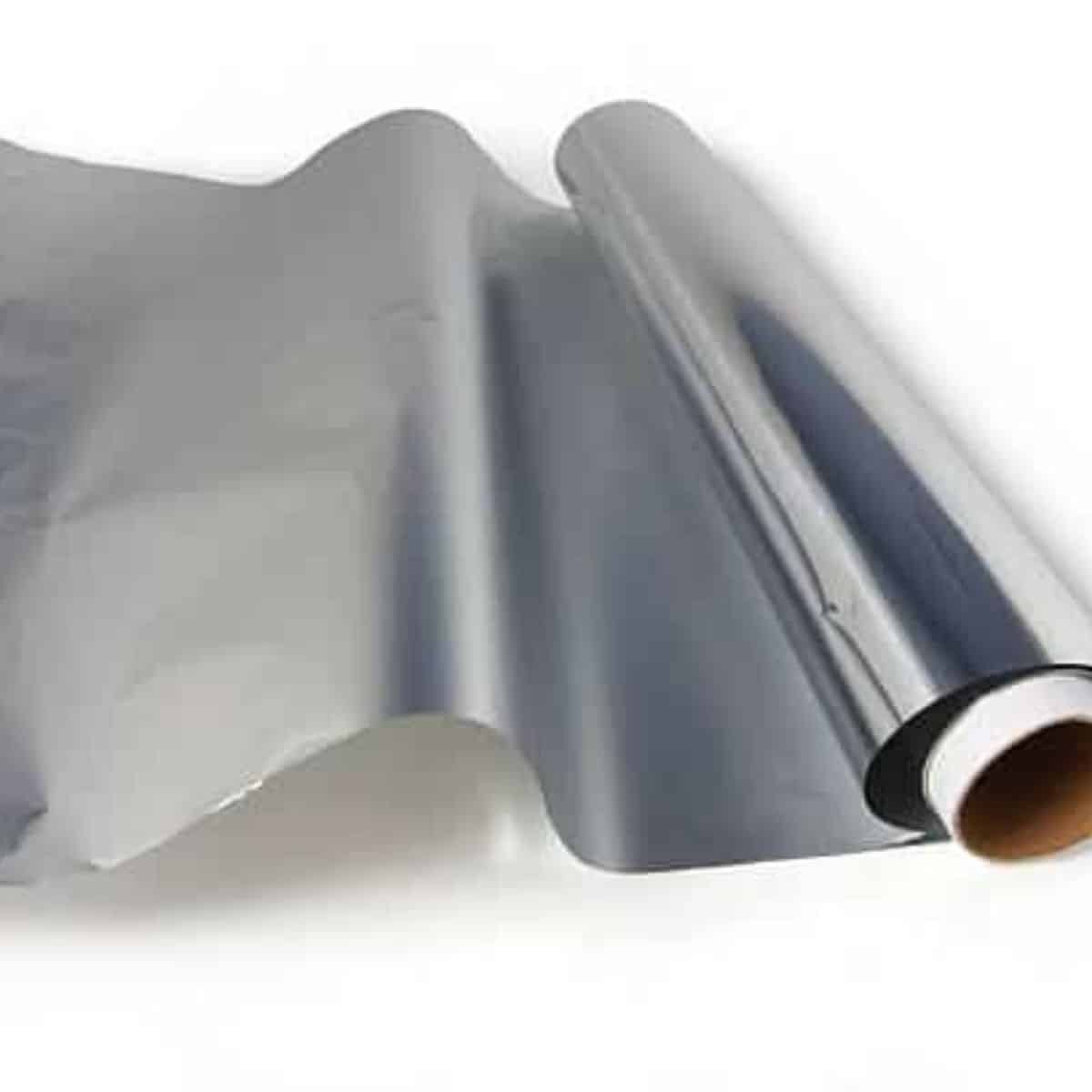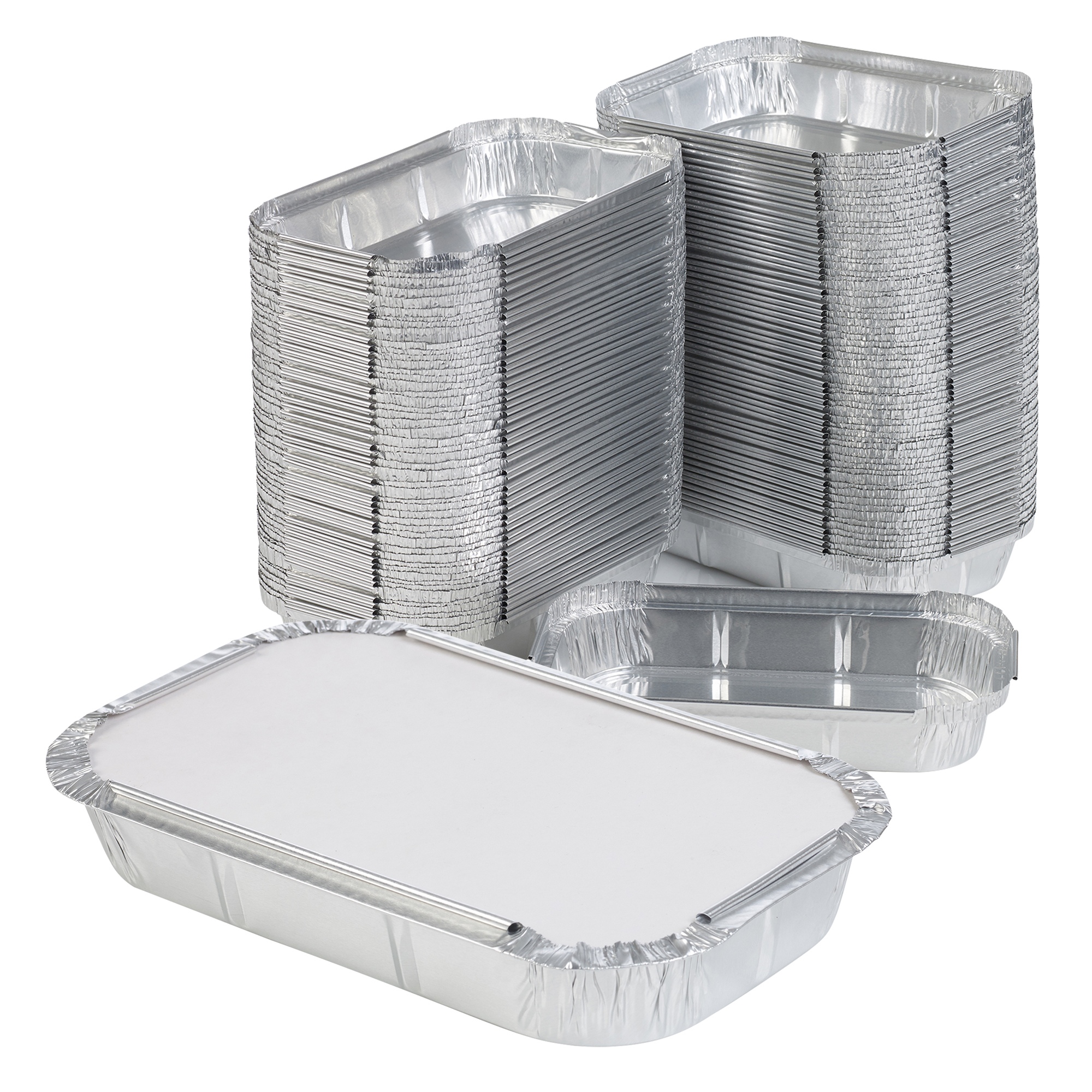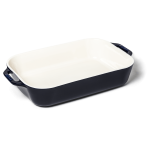Introduction
You can use aluminum foil (commonly referred to as tin foil, although it’s actually made of aluminum) in the oven for a variety of cooking and baking purposes. It offers several advantages, such as easy cleanup, heat distribution, and food preservation. However, there are also some precautions to consider when using aluminum foil in the oven to ensure both safety and optimal cooking results. Here’s a detailed look at how to use tin foil effectively and safely in your oven.

Advantages of Using Aluminum Foil in the Oven
- Easy Cleanup: One of the primary reasons people use aluminum foil in the oven is to reduce cleaning efforts. By lining your baking sheet or roasting pan with foil, any spills or drips can be easily discarded once cooled, keeping your cookware clean.
- Heat Distribution and Reflection: Foil can help reflect heat, which can be beneficial for even cooking, especially when used to wrap foods or line the bottom of the oven to reflect heat back up towards the food.
- Prevent Sticking: When roasting vegetables or meats, placing them on a bed of foil can prevent sticking and make flipping or removing items from the pan easier.
- Food Preservation: Wrapping foods like potatoes or corn in foil before baking can help retain moisture and flavor, resulting in a more succulent final product.
- Portion Control and Separation: It’s useful for separating different food items that are being cooked together but shouldn’t touch, like when making multiple portions of baked potatoes.
Precautions When Using Aluminum Foil in the Oven
- Avoid Direct Contact with Heating Elements: Do not let the foil come into direct contact with the heating elements of your oven, including the top, bottom, or sides. Foil can melt or cause sparking, potentially damaging your oven or creating a fire hazard.
- Check Oven Manual: Some manufacturers may advise against using aluminum foil in certain areas of the oven, particularly in convection ovens where it could interfere with air circulation. Always consult your oven’s user manual for specific guidelines.
- Ventilation for Steam: When wrapping food in foil for baking, make sure to create a small opening or poke holes in the top to allow steam to escape. Trapped steam can cause the foil to balloon or even burst, affecting the cooking process and potentially causing a mess.
- Not Suitable for All Foods: While great for many applications, avoid using foil with acidic foods like tomatoes or citrus for extended periods, as the acid can react with the aluminum, affecting the taste and potentially leaching trace amounts of aluminum into the food.
- Environmental Considerations: While convenient, aluminum foil is not biodegradable and contributes to waste. Consider reusing foil when possible or opting for reusable silicone mats or parchment paper for eco-friendly alternatives.

Creative Uses of Aluminum Foil in the Oven
- Grilling Indoors: You can mimic grilled flavors indoors by using a layer of foil on your oven rack. Place marinated meats or vegetables on the foil and set your oven to broil. The high heat will sear the food, giving it a charred, grilled texture.
- Making Foil Packet Meals: Foil packet cooking is a popular method for campfire meals, but it works equally well in the oven. Simply place your ingredients (like fish, vegetables, and seasonings) in the center of a large piece of foil, fold it into a tightly sealed packet, and bake. This method traps moisture and flavor, resulting in a steam-cooked, flavorful dish.
- Crisping Up Baked Goods: If you want a crispy crust on your homemade bread or rolls, lightly cover the top with a loose tent of foil during the initial baking period. Remove the foil for the last few minutes to allow the surface to brown and crisp.
- Baking Multiple Dishes Simultaneously: When baking different dishes at once, using foil can help prevent flavors from mingling. Wrap each dish separately or create barriers between them on the same tray using foil walls.
- Reheating Leftovers: Aluminum foil can be used to reheat leftovers in the oven, helping to restore their texture and freshness. Wrap the food in foil and place it in a preheated oven until heated through. The foil helps retain moisture and heat evenly.
Tips for Efficient Use
- Cut to Size: To minimize waste, cut the foil to fit the size of your baking dish or tray. This also prevents unnecessary foil from potentially coming into contact with heating elements.
- Double Layering: For recipes that require longer cooking times or higher temperatures, consider doubling the foil layer to provide extra insulation and durability.
- Labeling: If you’re preparing multiple dishes using foil packets or wraps, label each one with a marker to keep track of what’s inside and any special instructions.
- Health Considerations: While the risk is generally low, if you’re concerned about the potential for aluminum leaching into food, limit foil usage, especially with acidic foods, and don’t store food wrapped in foil for extended periods.
Environmental Alternatives
If environmental impact is a concern, consider these alternatives to aluminum foil:
- Reusable Silicone Baking Mats: These mats are non-stick, durable, and can be used countless times, reducing waste significantly.
- Parchment Paper: While not as versatile as foil, parchment paper is great for lining baking sheets and can handle moderate heat without burning or releasing chemicals.
- Glass or Ceramic Bakeware: Using glass or ceramic dishes that can go straight from oven to table reduces the need for disposable liners altogether.
By understanding its capabilities and limitations, aluminum foil can be a valuable asset in your culinary endeavors, offering convenience and versatility. However, always remember to balance its benefits with responsible usage and explore eco-friendly alternatives where appropriate.
Understanding Tin Foil in the Oven: Uses and Best Practices
Cooking and Baking Purposes
Tin foil, also known as aluminum foil, is a versatile tool in the kitchen, especially when it comes to oven use. It can be used for:
- Wrapping Foods: Foil is commonly used to wrap foods such as fish, vegetables, or potatoes before placing them in the oven. This helps in retaining moisture and flavors, ensuring even cooking.
- Covering Dishes: When you want to prevent excessive browning or drying out of dishes like casseroles or lasagnas, covering them with foil during part of the cooking process can be beneficial.
- Shielding: Foil can act as a shield for delicate foods or edges of dishes that may cook faster than the rest. Folding foil over these areas can prevent burning or overcooking.
Conduction of Heat
Aluminum foil is a good conductor of heat, which means it helps distribute heat evenly around whatever it is covering or wrapped around. This property is particularly useful in baking when you want to ensure that foods cook uniformly.
Safety Considerations
While tin foil is generally safe to use in the oven, there are a few important considerations to keep in mind:
- Avoid Direct Contact with Heating Elements: Foil should not come into direct contact with the heating elements of the oven, such as the bottom or top heating coils. This can cause the foil to melt or even catch fire.
- Proper Wrapping Technique: When wrapping foods in foil, ensure that the edges are tightly sealed to prevent juices or liquids from leaking out during cooking. Loose edges can also cause the foil to catch fire or become damaged.
- Use as Directed: Follow specific recipes or manufacturer instructions when using foil in the oven. Some recipes may call for covering foods for a specific duration or at a certain temperature to achieve optimal cooking results.
Cleaning and Disposal
After use, allow the oven and any remaining foil to cool completely before removing. Dispose of used foil responsibly according to local recycling guidelines. Avoid leaving foil in the oven after cooking is complete, as it can pose a fire hazard if it comes into contact with the heating elements during subsequent use.
Alternatives to Foil
While foil is useful, there are alternatives depending on the cooking task:
- Parchment Paper: Ideal for lining baking sheets or pans to prevent sticking without altering the cooking process.
Conclusion
Aluminum foil is a versatile tool in the kitchen, especially when used in the oven. Its ability to simplify cleanup, enhance heat reflection, and preserve food moisture makes it a go-to for many cooks. However, it’s crucial to follow safety precautions, such as avoiding direct contact with heating elements and ensuring proper ventilation for steaming foods. With mindful usage, aluminum foil can be an asset in achieving delicious, hassle-free meals. Remember to balance convenience with environmental considerations by reusing or exploring alternative options when feasible.


